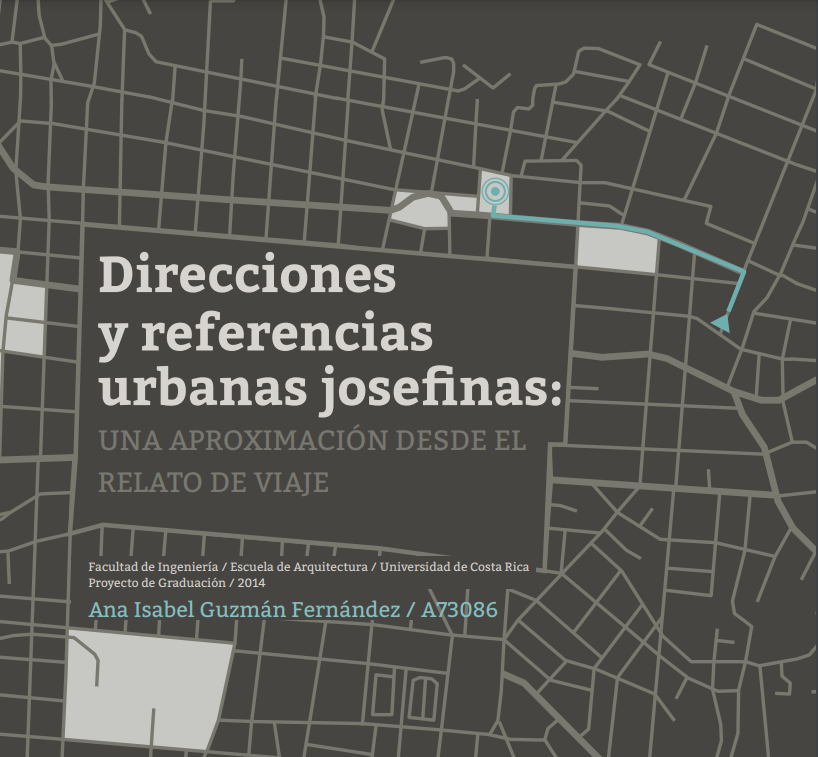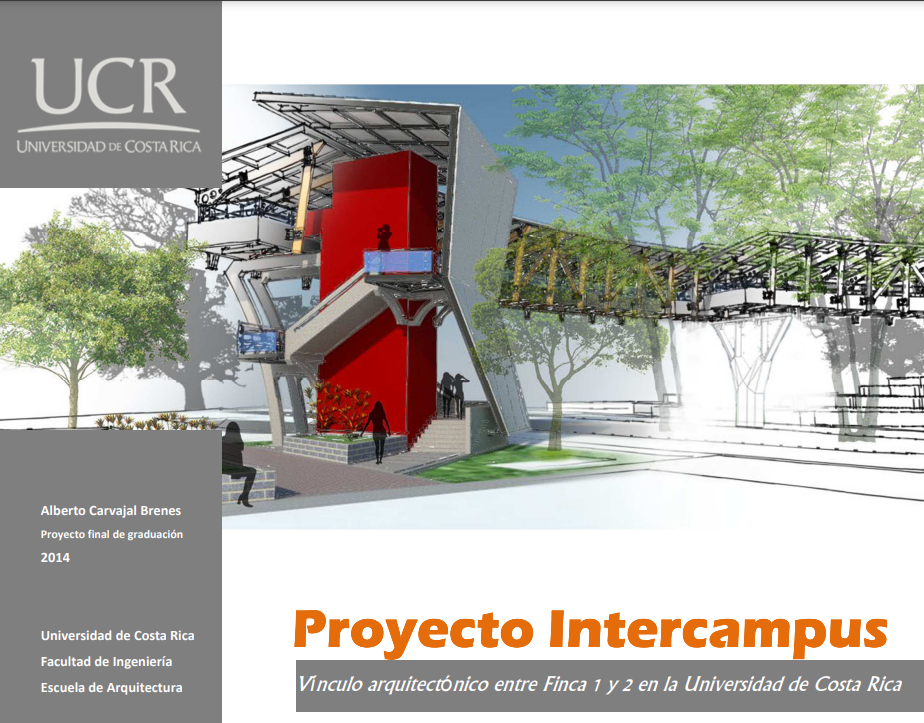Summary
The popular way and give directions in Costa Rica became a topic of discussion in the wake of the most recent project of naming urban in San Jose, installed in 2012, promised to bring an end to these practices as “primitive” that lead us away, according to the mayor, municipal, of what is meant by a city “moderna”. These assertions of public discourse that have dominated the city since this was not yet a city, have relegated this popular practice to the pages of forgotten history of urban josephine. It is as well as is taken up in this work with the intention of exposing a perspective hidden on the popular way of understanding and appropriating the territory. Is the story “on the ground” told from the references, the urban and the way in which we look for direction in the middle of them, being our north the memories and meanings that are left with the steps. The study consists of three stages; in a first time, we develop a theoretical framework within which deals with the phenomenon of the local addresses from the everyday, as a matter of oral communication and its ability espacializante, which has historically been invisibilizado and discredited beyond its own borders. In a second time, is conducted an inquiry into the historic background to understand how it consolidates this practice since the beginning of the formation of the urban layout, product of variables with their own cultural the social construction of costa rica. And finally, it explores the current situation of the references urban in San Jose through the stories of travel and everyday life, as a tool of approximation to the phenomenon within the commercial context of a city that has lived in the last decades.



